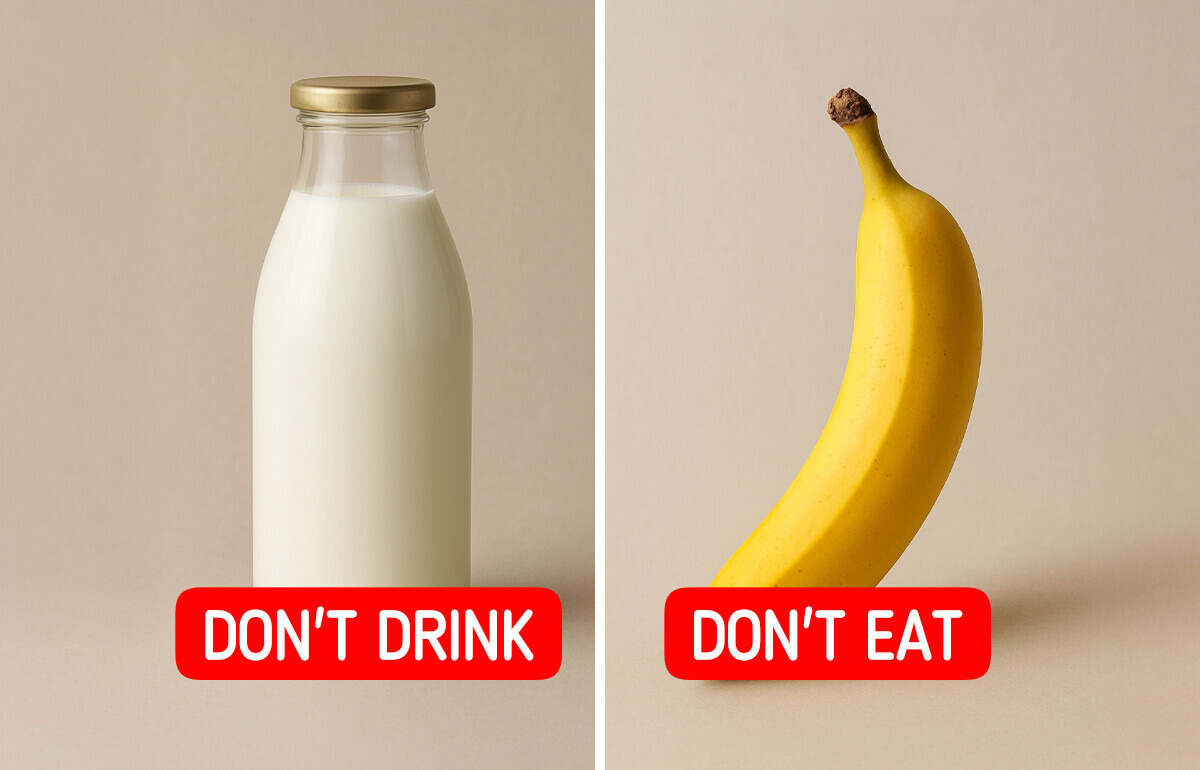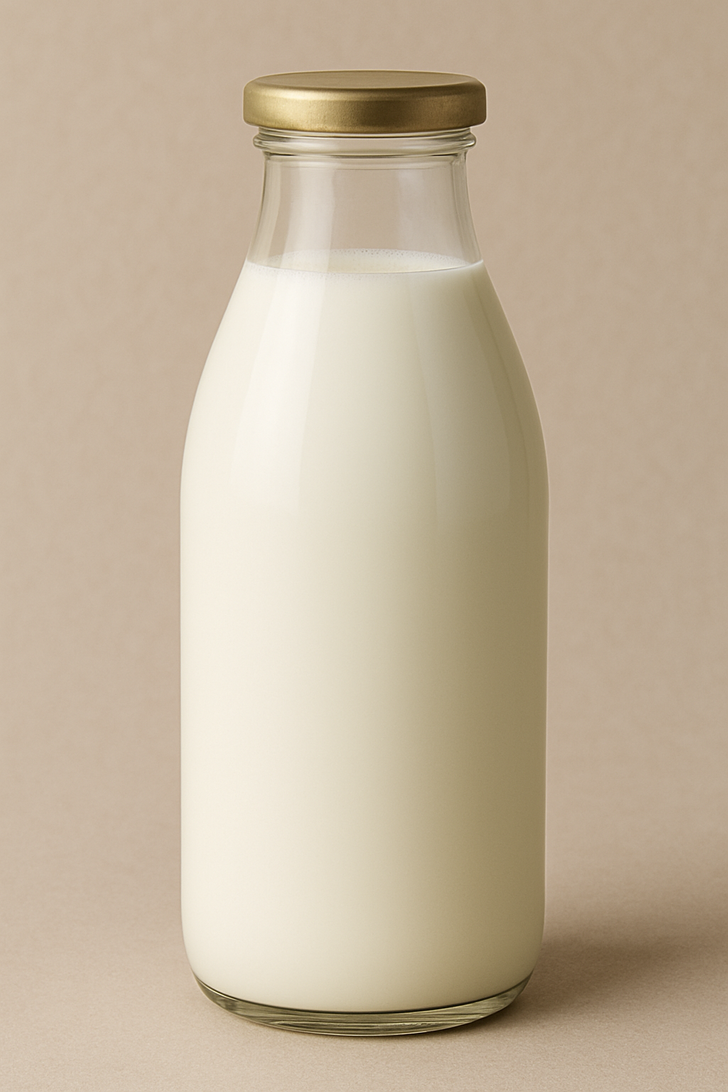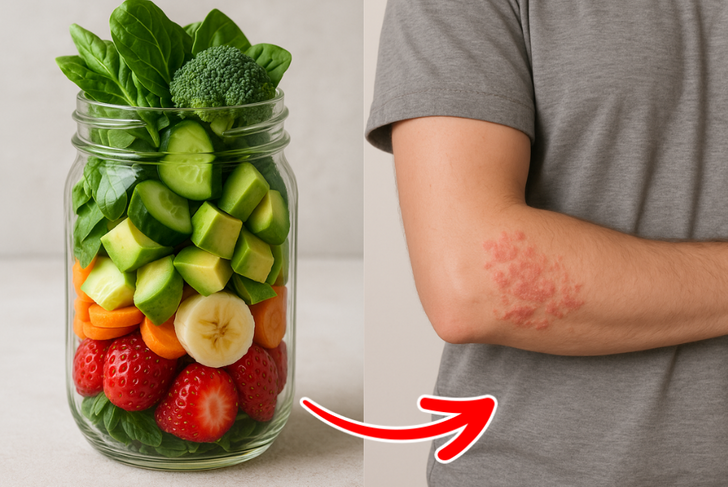My DIL Excluded Me From Gender Reveal Party, Saying I’m "Not Family"—Big Mistake


Smoothies have become a go-to favorite for anyone looking to start their day with something quick, delicious, and healthy. With a mix of fruits, veggies, and trendy add-ins, they seem like the perfect way to pack in nutrients. But despite our best intentions, it’s surprisingly easy to make mistakes. Here’s a look at some smoothie add-ins that could be sabotaging your efforts without you even realizing it.
Disclaimer: Content is provided for informational purposes only and is not intended as a substitute of medical advice. Seek guidance of your doctor regarding your health and medical conditions.
Although smoothies are often promoted as healthy options, many can be surprisingly high in added sugars, making them calorie-dense and potentially counterproductive to your health goals. Flavored yogurts, in particular, often contain substantial amounts of added sugar, which can significantly boost the overall sugar content of your smoothie.

Fruits contain active antibacterial enzymes that can react negatively when mixed with other food groups, especially milk. These combinations may not only disrupt digestion but also contribute to issues like skin disorders. For optimal health benefits, it’s best to enjoy fruits separately from other ingredients.

Researchers suggest that if you’re looking for health-boosting flavanols from berries in your smoothie, it might be best to order the banana on the side. While bananas are easy to digest and often recommended for nausea and diarrhea, they may not be suitable for everyone. Bananas contain high levels of fructose, sorbitol, and soluble fiber, which can trigger digestive discomfort for individuals with existing gastrointestinal issues.
Adding protein powder to a glass of milk or a smoothie might seem like an easy way to enhance your nutrition, but it can come with hidden drawbacks. Some protein powders are low in added sugars, while others contain up to 23 grams per scoop. When combined with milk, they can turn a simple drink into one that packs over 1,200 calories. This can lead to unintended weight gain, spikes in blood sugar, and even digestive discomfort.

It’s generally advised to avoid blending vegetables with fruits. Combining these two can lead to the formation of toxic gases in the digestive system. This reaction may trigger various digestive issues and contribute to skin conditions such as psoriasis, eczema, acne, and urticaria. For optimal digestion and skin health, it’s best to keep fruits and vegetables separate in your smoothies.
One advantage of juicing or drinking fruit and vegetable smoothies is the convenience—it offers a quick and easy way to consume produce and benefit from their vitamins and minerals. However, smoothie makers and juicers can reduce the nutritional quality of the food by breaking down the bioavailability of nutrients, fiber, fat, and cell structure. Additionally, the feeling of fullness may be diminished, as the natural fiber in fruits and vegetables is often broken down in the process.
Smoothies should nourish, not sabotage your health. With just a few smart swaps and a little ingredient awareness, you can turn common mistakes into healthy habits. Keep it simple, clean, and balanced—and your blender will become your best wellness tool!











